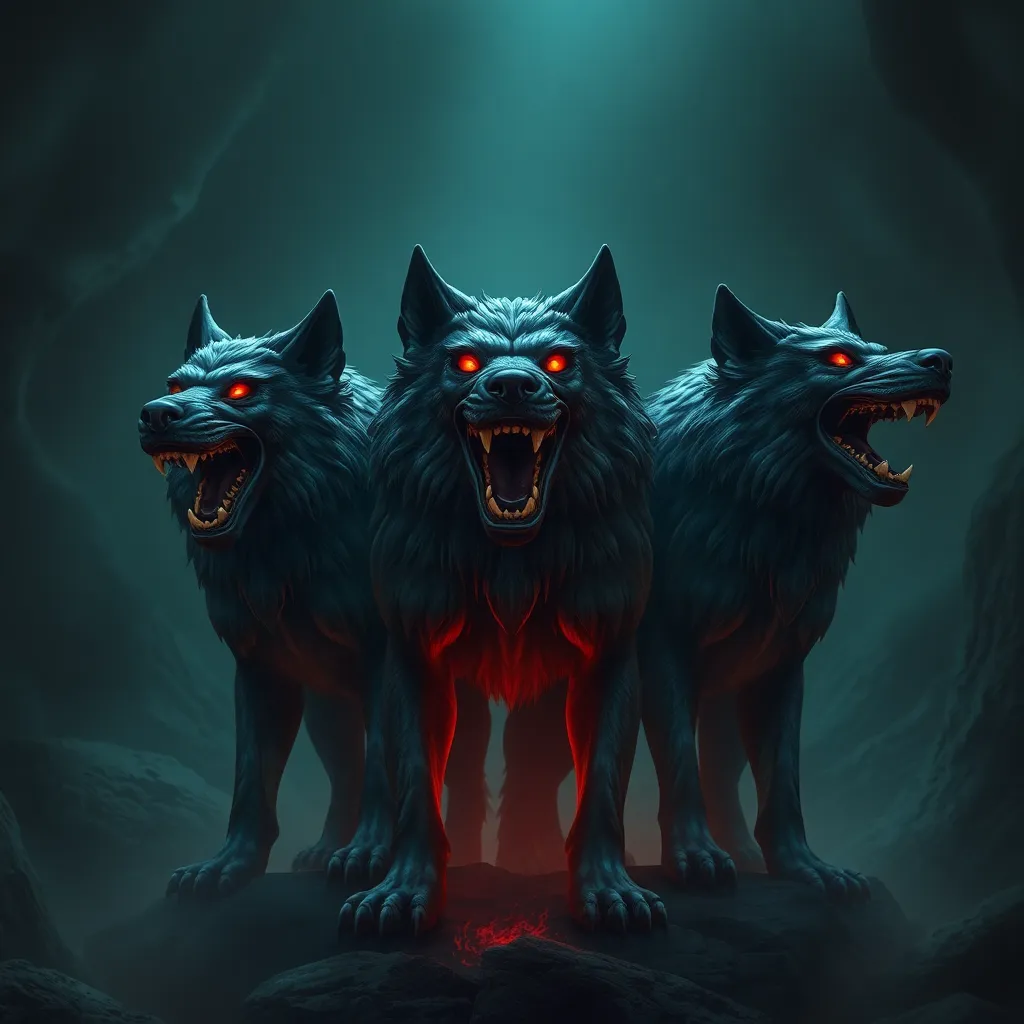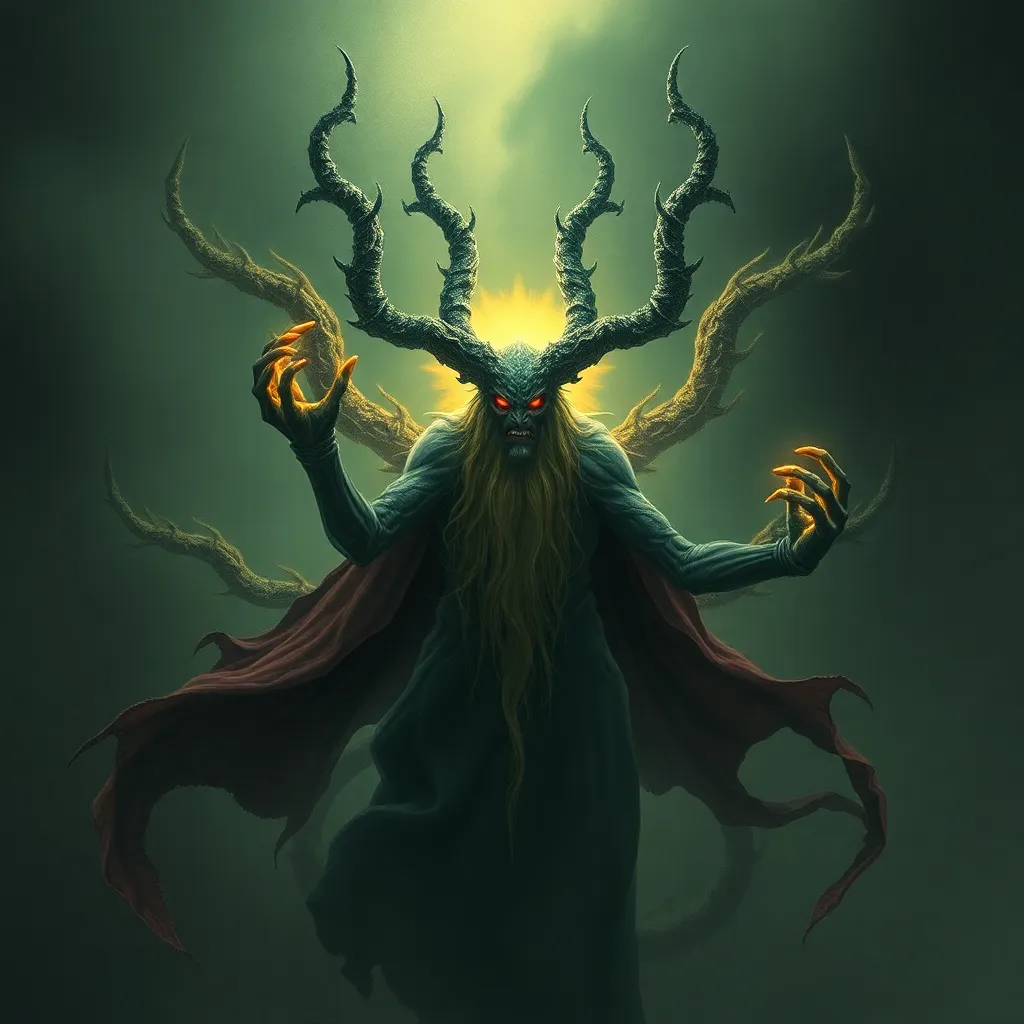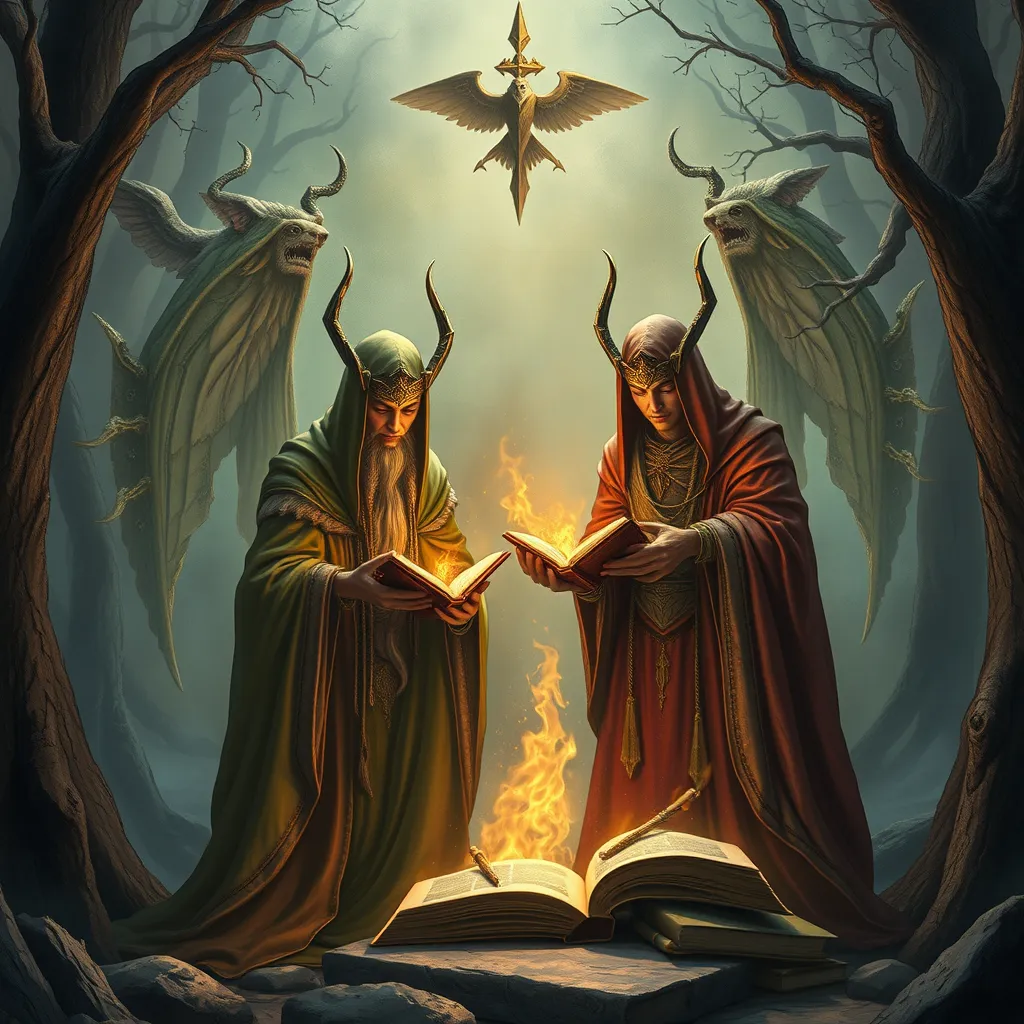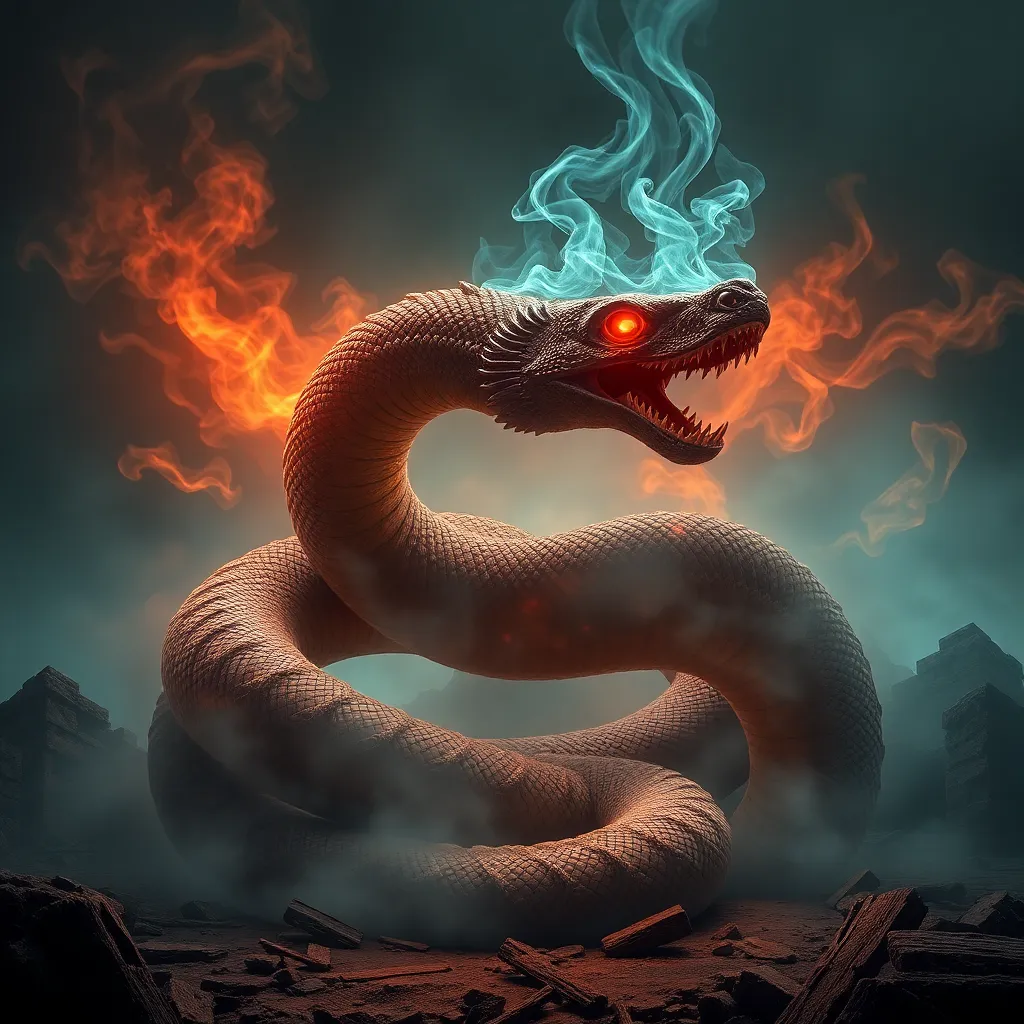The Curse of the Underworld: Exploring the Stories Behind Cerberus’s Fierce Nature
I. Introduction
Cerberus, the fearsome three-headed dog of Greek mythology, is one of the most recognizable figures from the ancient world. Often depicted as a terrifying guardian, Cerberus stands at the gates of the Underworld, preventing the living from entering and the dead from escaping. His fierce nature and formidable appearance have captivated imaginations for centuries.
As the guardian of the Underworld, Cerberus symbolizes the boundary between life and death, embodying the fear and mystery of what lies beyond. This article aims to explore the stories and characteristics that contribute to the fierce nature of Cerberus, shedding light on his role in mythology, psychology, and modern culture.
II. Historical Origins of Cerberus
The origins of Cerberus can be traced back to ancient texts and art that depict him in various forms. His earliest mentions can be found in works such as Hesiod’s “Theogony” and Virgil’s “Aeneid,” where he is portrayed as a monstrous guardian of the Underworld.
Over time, Cerberus’s portrayal has evolved through different cultures. In ancient Greek vase paintings, he is often depicted with a serpent’s tail and a mane of snakes, reinforcing his terrifying presence. The symbolism of his three heads is significant; they represent various aspects of the psyche and the concept of time—past, present, and future—reflecting the complexity of life and death.
III. Cerberus in Greek Mythology
Cerberus plays a crucial role in several myths, most notably in the story of Heracles and the Twelve Labors. As one of his final tasks, Heracles is required to capture Cerberus and bring him to the surface world. This labor not only showcases Cerberus’s strength but also Heracles’s bravery and cunning.
In addition to Heracles, Cerberus interacts with other famous mythological figures, such as Orpheus and Aeneas. Orpheus, in his quest to retrieve his beloved Eurydice, manages to charm Cerberus with music, demonstrating the duality of Cerberus as both a fierce guardian and a creature that can be soothed. Aeneas, on his journey to the Underworld, is also confronted by Cerberus, who he must overcome to gain access to the realm of the dead.
Cerberus’s connection to themes of death and the afterlife is paramount in these myths, reinforcing his role as a protector of the dead and a reminder of the inevitability of death.
IV. The Psychological Interpretation of Cerberus
From a psychological perspective, Cerberus can be viewed as a symbol of fear and the unknown. His monstrous form embodies the anxieties that many individuals face regarding death and what lies beyond. In this sense, Cerberus represents the inner demons that lurk within us, manifesting our struggles and fears.
The duality of Cerberus as both a protector and a destroyer further complicates his character. While he guards the gates of the Underworld, he also represents the potential for destruction if those boundaries are crossed. This duality reflects the complex nature of life, where fear can coexist with protection, and danger can be intertwined with safety.
V. Cerberus in Modern Culture
The legacy of Cerberus endures in modern culture, appearing in various forms of literature, film, and video games. His image has been adapted and reinterpreted across genres, showcasing his continued relevance.
- Literature: Cerberus is often referenced in contemporary fantasy novels and retellings of Greek myths.
- Film: Movies such as “Harry Potter and the Sorcerer’s Stone” feature dog-like creatures inspired by Cerberus, portraying them as guardians of important locations.
- Video Games: In games such as “God of War” and “Hades,” Cerberus appears as a formidable enemy or ally, emphasizing his role as a guardian of the Underworld.
The influence of Cerberus on contemporary depictions of monsters highlights the fascination with his character, as he embodies a blend of fear, loyalty, and power.
VI. The Role of Cerberus in the Underworld
Cerberus’s role as a guardian is critical to the functioning of the Underworld. His primary responsibility is to prevent the living from entering the realm of the dead and to ensure that the souls of the deceased do not escape.
The significance of his fierce nature is paramount in maintaining order within the Underworld. Without Cerberus, the delicate balance of life and death could be disrupted, leading to chaos. His interactions with souls are equally important; while he is often seen as a fearsome creature, he also serves as a guide for the deceased, ensuring that they reach their final resting place.
VII. The Legacy of Cerberus
Cerberus’s impact extends beyond mythology; he has influenced various fields of study, including literature, psychology, and cultural studies. His character serves as a rich subject for analysis, prompting discussions about the nature of fear, protection, and the complexities of human emotions.
In modern discussions about mythology and psychology, Cerberus remains relevant as a symbol of the fears that people grapple with in their lives. The allure of Cerberus as a cultural icon persists, captivating audiences and inspiring new interpretations of his story.
VIII. Conclusion
In summary, Cerberus is a multifaceted figure in Greek mythology, embodying the themes of fear, protection, and the complexities of life and death. His fierce nature serves as a reminder of the boundaries between the living and the dead, while also reflecting the inner struggles faced by individuals.
The enduring fascination with Cerberus speaks to the universal human experience of confronting fear and the unknown. As we continue to explore his character in various forms, we gain a deeper understanding of the balance between fear and protection that Cerberus represents.



